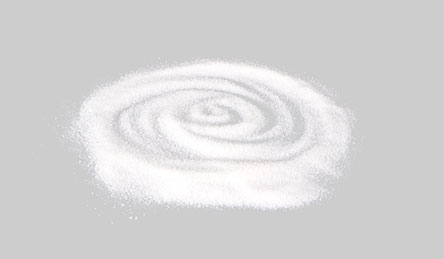
Search


The narrow definition of polyethylene wax is a low relative molecular weight homopolymer of polyethylene; in a broad sense, polyethylene wax also includes modified polyethylene wax and copolymer polyethylene wax.
Usually, if a polyethylene polymer cannot provide a certain strength and toughness like a resin and cannot be processed into a final product with certain functions as a single material, it can be classified as polyethylene wax.
Polyethylene wax is divided into many types, which can be classified according to their sources: polymerization method, thermal cracking method, byproducts.
The polyethylene wax synthesized by high-pressure free-radical polymerization has a number-average relative molecular mass in the range of 1000 to 6000, a relative molecular mass distribution in the range of 2 to 5, a Brookfield viscosity in the range of 100 to 3000 CPS, high branching, generally soft, diverse products, and belongs to low density polyethylene wax.
The polyethylene wax synthesized by low-pressure Ziegler-Natta polymerization has a number-average relative molecular mass in the range of several thousand, a relative molecular mass distribution in the range of 3 to 4, a Brookfield viscosity from several hundred to several thousand at 140°C, and high molecular regularity, generally high-density polyethylene.
The polyethylene wax synthesized by metallocene catalysts has a number-average relative molecular mass in the range of several thousand, a relative molecular mass distribution in the range of 1 to 3, a Brookfield viscosity from tens to several thousand, can be designed for molecular regularity, generally high-density polyethylene, and has less catalyst residue. It is currently the most advanced method for producing polyethylene wax.
The polyethylene wax produced by using Baker Hughes proprietary technology (special catalyst) has a number-average relative molecular mass in the range of 400 to 3000, a relative molecular mass distribution in the range of 1.0 to 1.1, high crystallinity, good heat resistance, insoluble in most solvents, extremely low Brookfield viscosity, mostly below one hundred, only a few grades exceed one hundred.
The polyethylene wax produced by polyethylene resin cracking technology is more produced domestically and also popular in Thailand and South Korea. The Brookfield viscosity of this wax is usually in the range of several hundred to over a thousand.
Compared with synthetic polyethylene wax, this polyethylene wax has a wider range of relative molecular mass and viscosity, and medium temperature resistance. It is more popular in the mid-to-low-end applications, especially in polyolefin color masterbatches.
The byproduct produced during high-density polyethylene polymerization has a wide melting point range and a viscosity lower than 0.1 Pa·s. It usually needs to be cut into products with different melting point ranges before use. The main suppliers are major petrochemical plants.
If you have any questions about our products or services, or if you'd like to learn more information, please don't hesitate to contact us. We are more than happy to assist you and answer your inquiries.